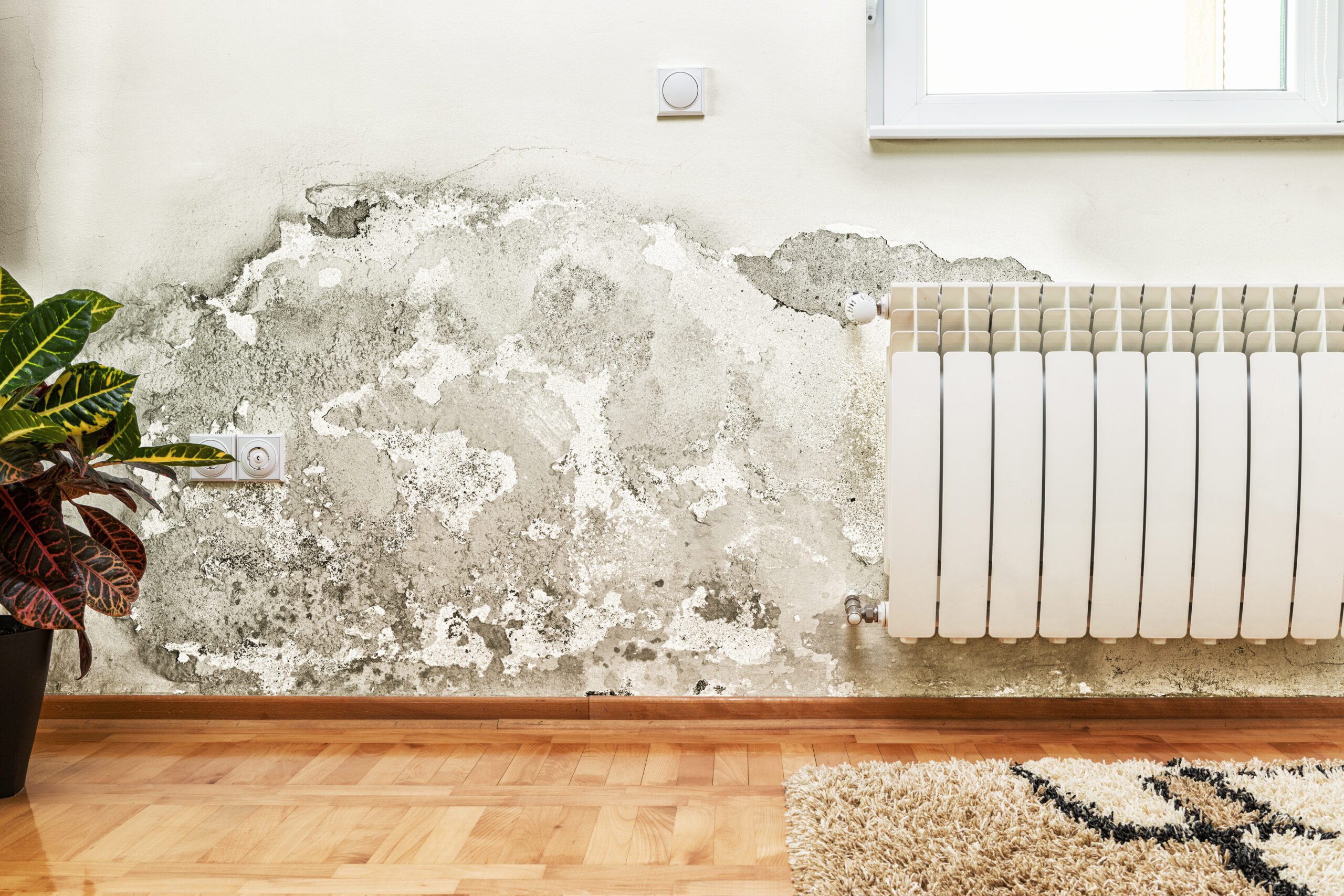
By Roger Jarman
The government made good on its promise made in July and issued a consultation paper on the implementation of Awaab’s Law within six months of the passage of the Social Housing (Regulation) Act 2023[i]. Clause 42 of the act will put Awaab’s Law into effect. The consultation paper was published on 9 January and responses to the government’s proposals are required by 5 March.
The consultation paper itself runs to 144 paragraphs and is linked to a 26-page impact assessment. There’s also an annex which gives examples of damp and mould hazards and other hazards linked to the Housing Health and Safety Rating System (HHSRS). There are 29 categories of hazards under the HHSRS currently, although there are proposals to reduce that number to 21.
Respondents are encouraged to complete a 12-page online survey giving their views on the proposals. The survey runs to 33 questions in total.
For background, the consultation paper tells us that there are 380,000 non-decent homes in the social housing sector – representing 10% of the stock. And some 164,000 homes are judged as having a Category 1 Hazard under the HHSRS. (There are more unfit properties in the private rented sector, of course, but the proposals don’t extend to the PRS. So much for levelling up.)
Damp and mould are, of course, a focus for ministers, the ombudsman and the regulator. This follows the tragic death of Awaab Ishak from respiratory disease in a flat owned and managed by Rochdale Boroughwide Housing. But there are other common hazards that can have detrimental impacts on residents’ health and safety in social housing. The most common hazards, according to the Building Research Establishment (BRE), are unsafe stairs, falls, overcrowding, excess cold, and then damp and mould growth. The BRE estimates that around 217,000 social homes have the most serious HHSRS hazards, costing the NHS approximately £65 million per year.
Currently there’s no specific legislation that sets out how long a provider has to undertake repairs once they know about a hazard. Under the Homes (Fitness for Human Habitation) Act 2018, if a landlord is made aware of a hazard that makes a home not fit to live in, they have a duty to rectify any problems within a reasonable amount of time. But time limits for rectifying those problems are not given.
With the implementation of Awaab’s Law, this all changes.
Awaab’s Law effectively inserts into social housing tenancy agreements a term that will require landlords to comply with the new requirements, which will be set out in secondary legislation. This means all social housing landlords will have to meet these requirements and, if they fail to do so, tenants will be able to take them to court for breach of contract.
The consultation paper makes seven specific proposals:
- Initial investigations of potential hazards to be completed within 14 days.
- Landlords to provide written summaries of investigation findings within 14 days.
- Repair works to begin within seven days if a significant hazard has been identified.
- ‘Reasonable’ timescale for completing repair works made known to tenant.
- Emergency repairs to be completed within 24 hours.
- The circumstances under which properties should be temporarily decanted to protect residents’ health and safety.
- Requirements to be placed upon landlords to maintain adequate record keeping throughout repair works.
Understandably there’s been a focus on the potential burden on landlords expected to carry out these tasks within strict legal time limits. Completing emergency repairs within 24 hours may not be straightforward in all cases. Emergency repairs are defined in the consultation paper as those that present a “significant and imminent risk of harm” and include gas leaks, broken boilers and electrical hazards such as exposed wires. They also cover “significant” leaks and prevalent damp and mould that’s impacting a resident’s ability to breathe.
The consultation paper argues that landlords are used to delivering repairs services categorised as ‘emergencies’, ‘urgent’ and ‘routine’.
On that basis, the government contends that the duty to make repairs to reported hazards isn’t a new burden on landlords, and the costs associated with the investigation and repair timescales are likely to be minimal, “as the additional burden is the speed at which repairs need to be responded to, not the repairs themselves”.
Decanting tenants to suitable alternative accommodation could also be problematic (proposal 6). This will be challenging where tenant households have specific needs and also, more generally, in areas of high demand for social housing.
The biggest cost associated with the changes is projected to arise from the proposed requirement to prepare a written summary of the findings following an investigation, including details of any hazard identified and (if applicable) next steps with an anticipated timeline for the repair, etc. Including report preparation and postage costs, this is estimated to cost providers £154.5m (presumably each year).
Of course, landlords are likely to challenge the government’s estimated costs of introducing the provisions linked to Awaab’s Law. The consultation exercise gives landlords the opportunity to do just that.
In conclusion, the proposed changes are likely to have a significant impact on the operations of social landlords. Tenancy agreements will need to be changed and the management and delivery of repairs will have to be reviewed.
HQN members are urged to respond to the consultation setting out their views on the government’s proposals. HQN is preparing a more detailed briefing on the implications for the sector of the introduction of the provisions linked to Awaab’s Law. The briefing will help members complete the questionnaire associated with the consultation paper.
[i] https://www.gov.uk/government/consultations/awaabs-law-consultation-on-timescales-for-repairs-in-the-social-rented-sector/awaabs-law-consultation-on-timescales-for-repairs-in-the-social-rented-sector





